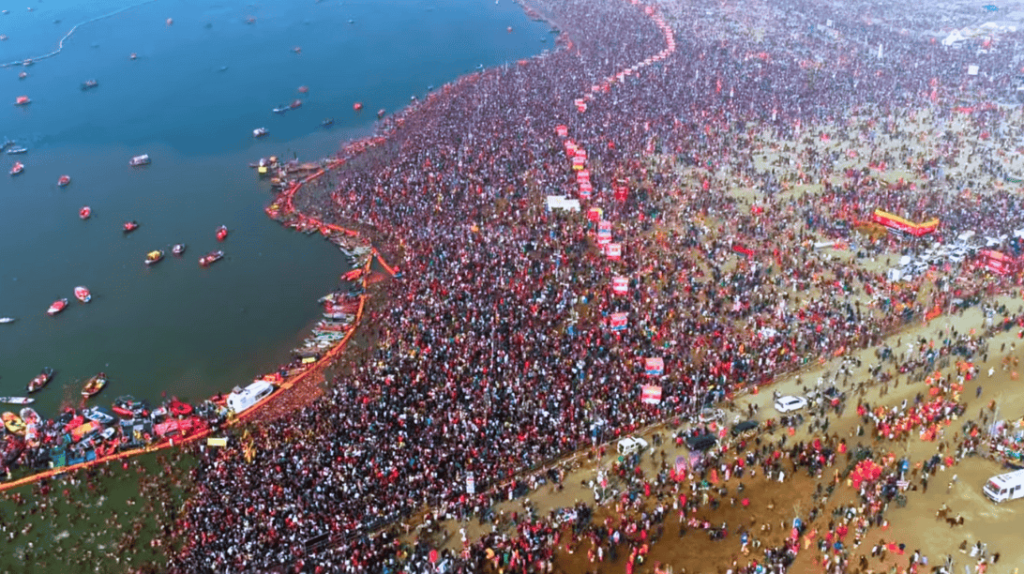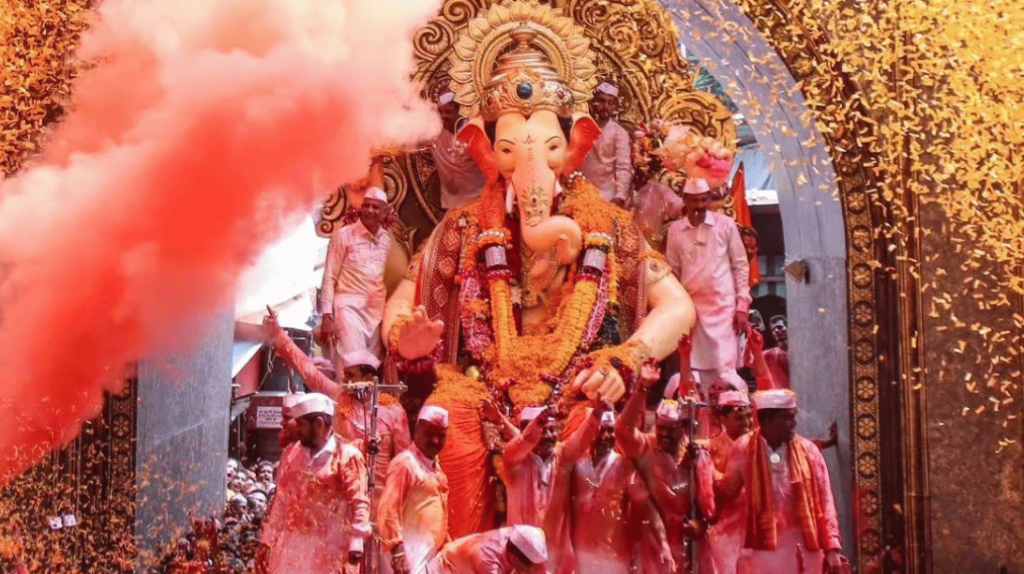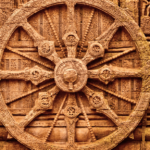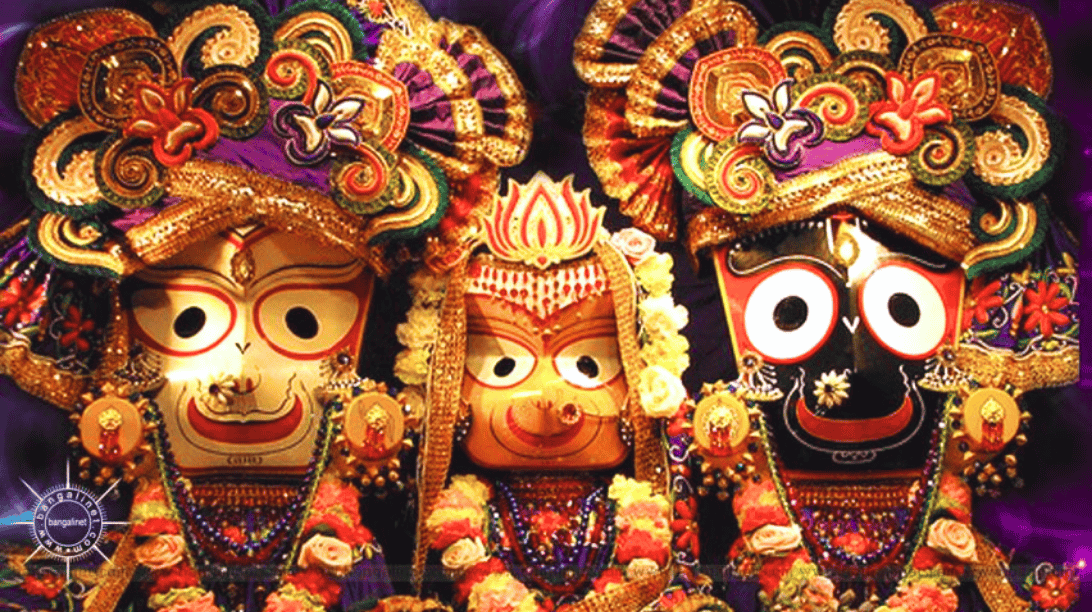
India’s grandest and oldest festivals, celebrated with unmatched devotion and energy. It takes place in the sacred town of Puri, Odisha, where Lord Jagannath, a form of Lord Vishnu, embarks on an annual journey along with his siblings, Lord Balabhadra and Goddess Subhadra.

This journey, celebrated with immense fanfare, symbolizes the gods’ visit to their devotees, making it a time of joy, unity, and divine blessings.
Historical and Religious Significance
The origins of the Jagannath Rath Yatra date back to ancient times. Lord Jagannath, a name that translates to “Lord of the Universe,” is a deity worshipped not only in Hinduism but also by Buddhists and Jains, symbolizing inclusiveness and universality of Hindu culture. His temple in Puri is one of the four Char Dham pilgrimage sites in India, believed to be essential for attaining salvation.

The earliest records of the Rath Yatra go back over a thousand years, though the worship of Lord Jagannath is believed to be much older. Historical texts suggest that the festival was already well established by the 12th century when King Anantavarman Chodaganga Deva, a powerful ruler of the Eastern Ganga dynasty, constructed the present-day Jagannath Temple in Puri.
The annual Rath Yatra commemorates the divine journey of Lord Jagannath, his elder brother Lord Balabhadra, and his sister Goddess Subhadra from their home at the Jagannath Temple to the Gundicha Temple, about 3 kilometers away. This journey is said to symbolize the gods’ desire to visit their devotees and to give darshan (holy sight) to all, especially those who are unable to visit the temple, breaking barriers of caste, creed, and social status.
The Deities and Their Chariots
The Rath Yatra is a magnificent spectacle, with each of the three deities being placed on massive chariots that are pulled through the streets of Puri by thousands of devotees. Each chariot has its unique structure, color, and significance:
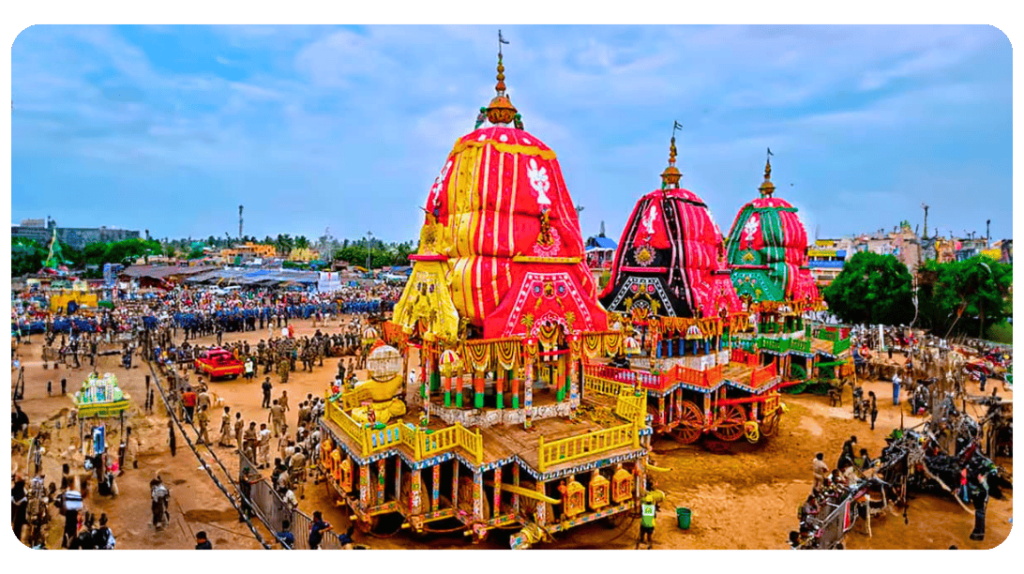
Jagannath’s Chariot: Nandighosha
Lord Jagannath rides on a chariot named Nandighosha, a grand 45-foot-high structure adorned with red and yellow fabrics. The chariot has 16 wheels and is topped with a Kalasa (golden urn), symbolizing purity and prosperity.
Balabhadra’s Chariot: Taladhwaja
Lord Balabhadra’s chariot, Taladhwaja, is slightly smaller, standing 44 feet tall. It is decorated in green and red fabrics and has 14 wheels. Lord Balabhadra’s chariot represents strength and protection.
Subhadra’s Chariot: Darpadalana
The youngest of the siblings, Goddess Subhadra, rides on the Darpadalana, which means “crusher of pride.” Her chariot is 43 feet high, with 12 wheels, and is decorated in black and red fabrics. Subhadra is seen as a symbol of harmony and nurturing love.
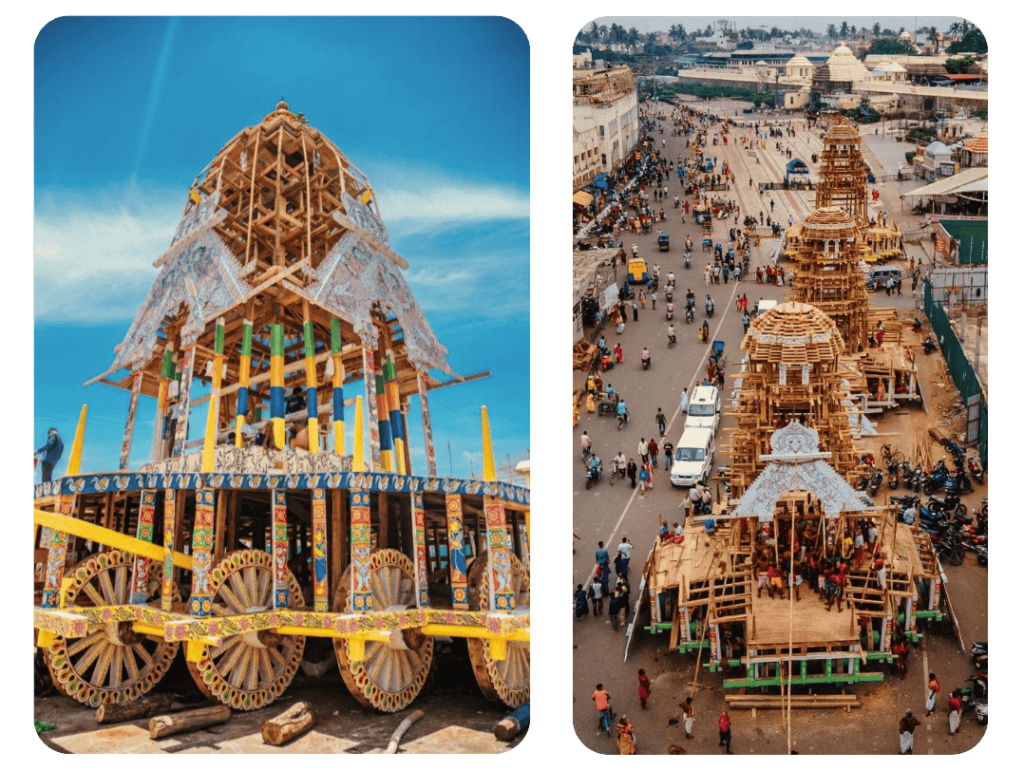
The process of building these chariots is itself a sacred ritual. Skilled craftsmen, following ancient techniques, build the chariots every year from specific types of wood that are carefully selected from nearby forests. The construction of the chariots begins on Akshaya Tritiya, an auspicious day in the Hindu calendar, and is completed just before the Yatra begins.
The Eternal Journey
The Jagannath Rath Yatra is more than just a festival—it is a reflection of the eternal journey of life, where every year the Lord steps out of his temple, symbolizing the cycle of creation, preservation, and renewal. As the chariots roll through the streets of Puri, they carry with them not just the idols of the gods, but the hopes, dreams, and prayers of millions, transcending the earthly and touching the eternal.

In the hearts of the devotees, the chant echoes, “Jai Jagannath!”—a call to the Lord of the Universe, who continues his journey through time, blessing all those who seek his divine presence.


